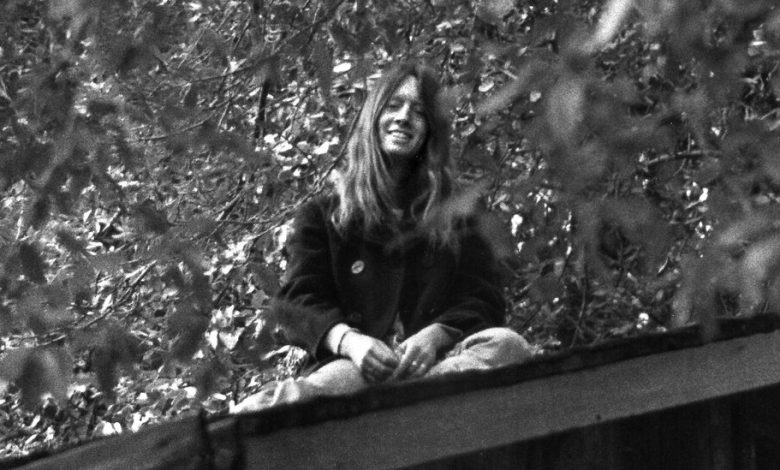Lyn Hejinian, 82, Dies; Leading Light of the Language Poetry Movement

Lyn Hejinian, a central figure in the Language poetry movement of the 1970s and ’80s who channeled the seismic social changes and avant-garde artistic climate of the 1960s into work that was both richly lyrical and groundbreaking in its experimentalism, died on Feb. 24 at her home in Berkeley, Calif. She was 82.
The cause was cancer of the bile duct, her husband, the jazz saxophonist Larry Ochs, said.
As a poet, essayist, publisher and professor, Ms. Hejinian was a central figure in a subversive literary movement that aimed to explode the first-person confessional strain of mainstream poetry — as epitomized by the likes of Robert Lowell and John Berryman — through artful deconstructions of language and form.
Language poetry, also known as Language writing, was largely centered in the San Francisco Bay Area and New York City. Ms. Hejinian, who lived on 80 rural acres in Mendocino County, Calif., about 140 miles north of San Francisco, helped to seed the movement in 1976, when she acquired a manual letterpress and started Tuumba Press, a showcase for similarly inclined poets including Rae Armantrout, Carla Harryman, Ron Silliman and Charles Bernstein.
Such writers were influenced by early-20th-century Modernists like Gertrude Stein, as well as by contemporary European post-structuralists like Roland Barthes, who shook the long-held assumption that a literary work necessarily comes from a single, stable authorial point of view, with a coherent, generally recognizable meaning.
“These poems are as much about how they make meaning as what they mean,” Mr. Bernstein, a professor emeritus of English at the University of Pennsylvania who co-edited the newsletter L=A=N=G=U=A=G=E during the movement’s early years, said in a phone interview. “Often the poems evaded any direct message in favor of an attention to the language of the poem and its sonic rhythms.”
